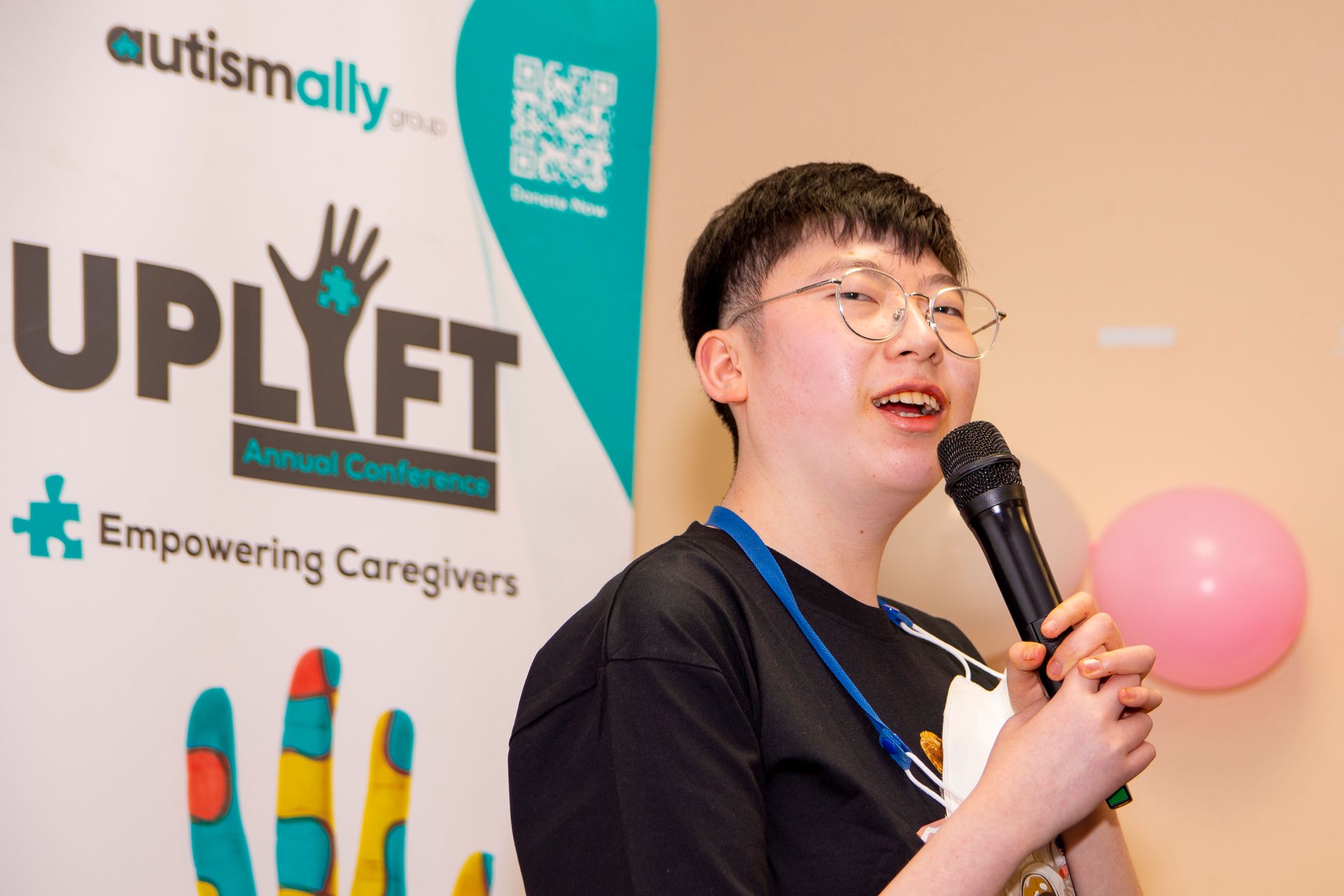Oral health an indicator of Autism?
Xavier Olmo • Mar 13, 2024
In 2017, a study funded by the National Institutes of Health (NIH) gained attention for its novel approach to investigating potential environmental factors associated with autism. Researchers at the Icahn School of Medicine at Mount Sinai, led by Dr. Manish Arora, conducted this study.
The study focused on analyzing baby teeth, which can provide a record of early-life exposures to various elements during prenatal and postnatal development. Baby teeth form in layers, similar to tree rings, and can capture information about prenatal and early childhood exposures to metals such as lead and manganese.
Researchers collected and analyzed baby teeth from both autistic children and neurotypical children. They used laser ablation-inductively coupled plasma-mass spectrometry (LA-ICP-MS) to measure and compare the levels of certain metals in the teeth of both groups.
The findings of the study suggested that there may be differences in the patterns of metal exposure during early development between children with autism and those without. Specifically, the study found variations in the levels of certain metals, such as lead and zinc, in the baby teeth of children diagnosed with autism compared to typically developing children. However, it's essential to note that the study did not prove a causal relationship between metal exposure and autism but rather identified a potential association warranting further investigation.
This study was significant because it offered a novel approach to exploring environmental factors associated with autism and provided insights into early-life exposures that may contribute to the development of the condition. However, further research is needed to replicate these findings and determine the exact role, if any, that metal exposure plays in the development of autism and it's crucial to approach such research with caution and recognize that autism is a complex neurodevelopmental disorder with a range of origins, including genetics and environment among others.
Public feedback to this study was mixed at best with many viewing it favorably while others, mostly parents, viewed it negatively, criticizing the study for not having a large enough sample size or for being "fake" all together. Reactions like these are natural considering how easily one can take this as an attack on them as a parent of an autistic child especially with the mention of lead in the context of children. All this aside, studies like this one contribute valuable information to our understanding of autism which should be anything but controversial. They represent just one brush stroke of a much broader portrait. See the full study
here.
You might also like
Ally Club BlogSpot
How to Benefit from Our Programs
If you are looking for the benefits of our service offerings and feel you meet our criteria, please contact us today. We are here to support you.
Location
9500 Annapolis Road, Ste: B2
Lanham, MD 20706
info@autismallygroup.org
Call
© 2024
© Copyright 2022 - 2023 Autism Ally Group - Powered by Harness





